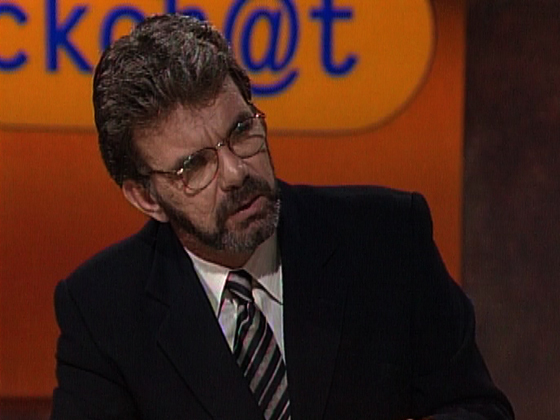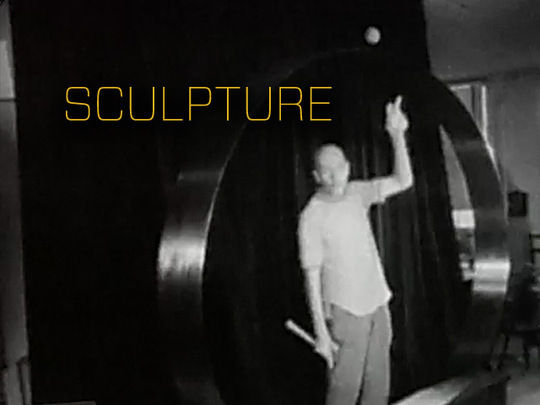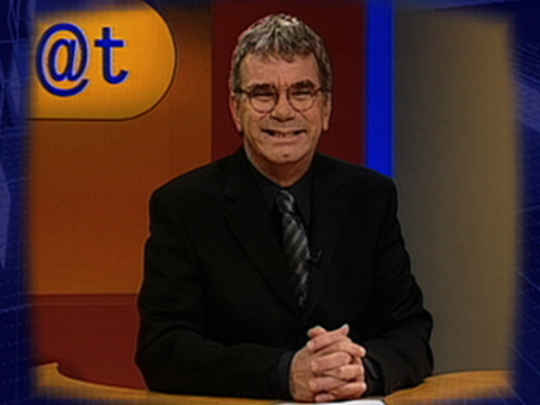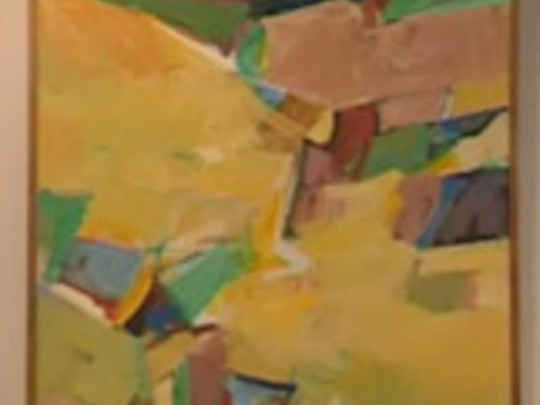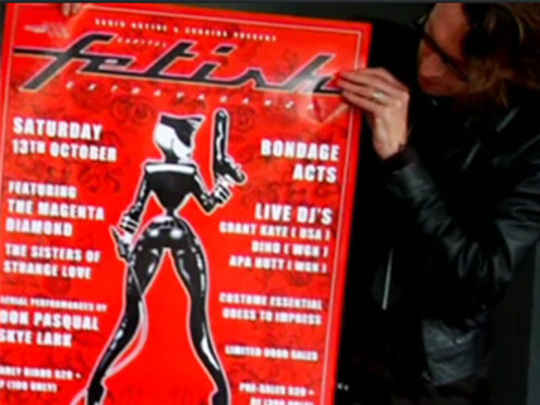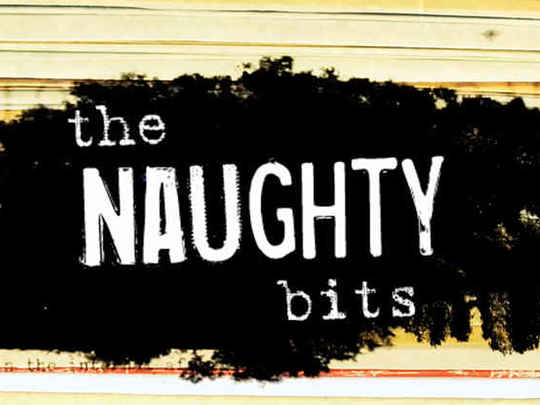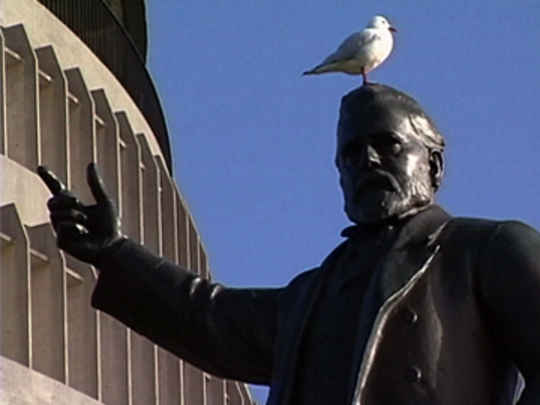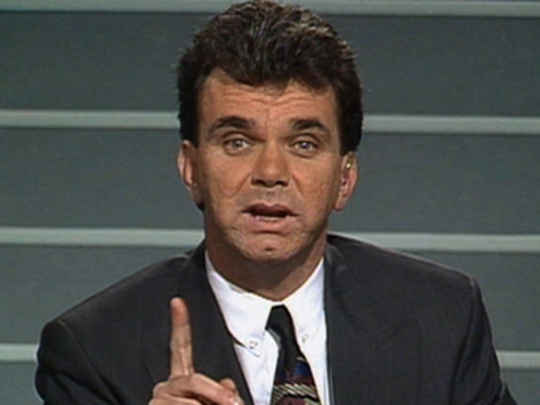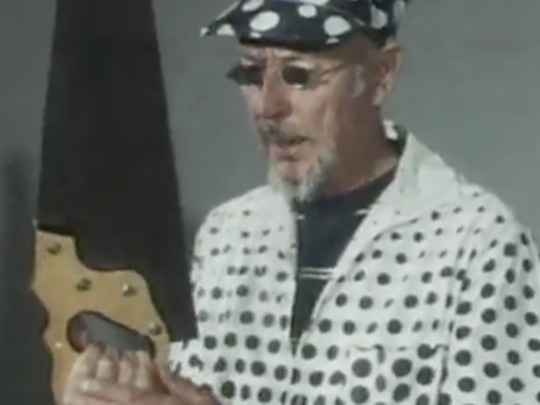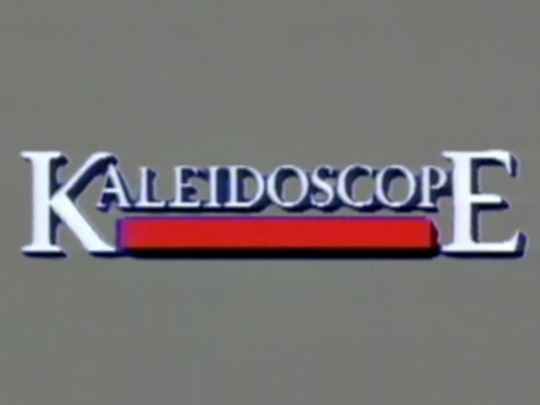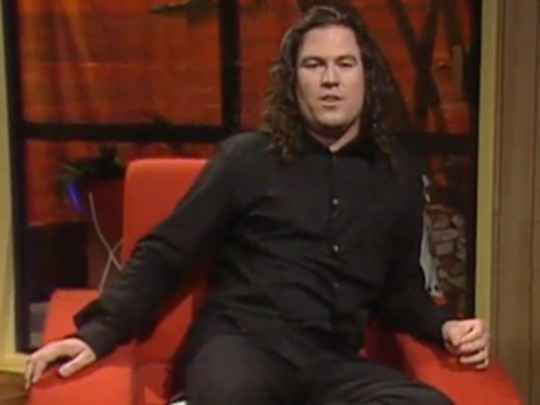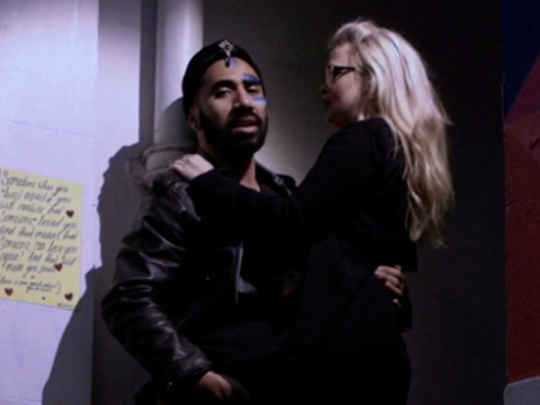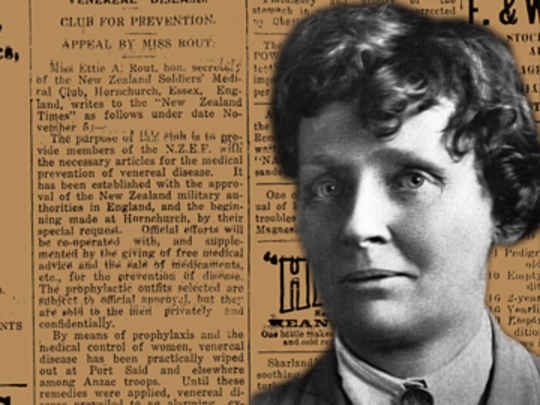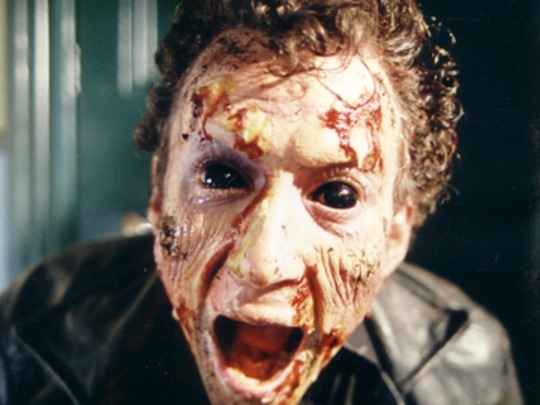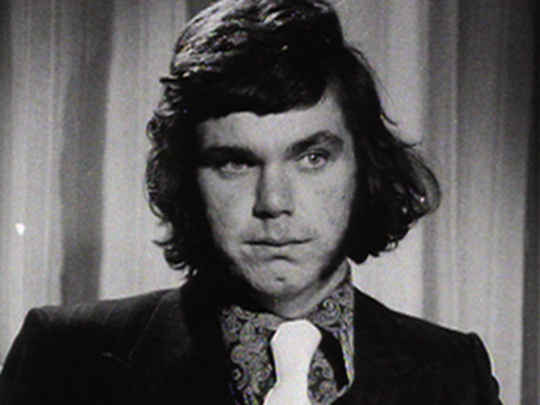Backch@t - First Episode
Television (Full Length Episode) – 1998
A series perspective
Made by television programme makers, Gibson Group, and hosted by high profile media man, Bill Ralston, Backch@t distinguished itself from previous arts programmes by looking at the arts through a broad current affairs lens. Each episode contained at least one panel discussion, some magazine-style clips, an interview, as well as film, CD, and book reviews - all of which took an hour. It was initially screened late (10.30pm) on a Sunday evening.
Television series on the arts in New Zealand are relatively few. Each decade since the advent of the national television service in 1960, has presented a small arts offering beginning with Looking at Pictures (1960), a series of four episodes about New Zealand artists. In 1975, Endeavour Television made programmes about Janet Frame, Ngaio Marsh, and Sylvia Ashton-Warner. Kaleidoscope begun in 1976, in 1980 moved to a ninety-minute, primetime slot on Monday nights, and ran until 1987. In the 1990s there was The Edge (1993-94), Sunday (1995-97) - both also produced by Gibson Group - and For Arts Sake (1996). And then came Backch@t in 1998.
Where Backch@t differed from these earlier models was in its recognition of the news value of the arts. The 1990s saw the arts sector accepted as an economic contributor, and there was an accompanying growth in arts bureaucracy and infrastructure at local body and governmental levels - the opening of the national museum of New Zealand Te Papa Tongarewa, the development of the City Gallery Wellington, and the Museum of Wellington, City and Sea to name some capital examples. Taxpayers' monies were at use and there was plenty to discuss about the way it was being spent.
But reviewing Backch@t also reveals that it conceived of ‘culture' in a much broader sense than any previous arts programmes. It discussed topics as diverse as cinema mergers, radio talkback, music piracy, copyright, the woes of the New Zealand Symphony Orchestra, the controversial sale of a Colin McCahon painting, architecture, and broadcasting to name just a few. This ensured that its audience appeal was considerably wider than a strictly arts practitioner focused programme. In fact arts practitioners were thin on the ground on Backch@t - it was much more usual to see museum directors, arts commentators, and government officials than it was to see artists.
And perhaps in the end this also limited its appeal. For a show on visual arts and culture, it lacked, well, visuals. Watching and listening to talking heads no matter how interesting the subject, is always second best to seeing the paintings, performances, orchestras, or hearing the artist, or the music, isn't it?
Backch@t, framed around Ralston as a leisurely and rambunctious ring leader, was something of a groundbreaker though, and this was acknowledged at the 1998 TV Guide Television Awards when it won the Best Lifestyle Programme section, and in 1999 at the Qantas Media Awards it was awarded Best Magazine Programme.
